Sapphire

The sapphire is the colourful “brother” of the ruby and as such is also a variety of corundum. Red corundum is known as ruby, all other colours are known as sapphire. Of course, best-known are the various shades of blue, but sapphires can also be pink, yellow, orange, orange-pink, white or green.
One of the longest sought-after gemstones and most desired in blue, it has been used in jewellery and to store wealth for thousands of years. The Queen of Sheba’s sapphire mines have long been legendary.The blue colour is a result of titanium permeating the stone. This combination of corundum and titanium is rare on Earth, though not as rare as that of corundum with chromium, which results in ruby. Sapphire that can be cut therefore occurs in several areas around the world: in extensions of the Himalayas, (Indian and Pakistani Kashmir, Burma, Cambodia, Thailand, Vietnam), in the region of the East African Rift (Sri Lanka), in Madagascar, in Montana in the USA and in Australia. Recently very beautiful blue sapphires have been discovered in Ethiopia.The larger a sapphire, the more valuable it is. Sapphires reach higher weights than rubies, therefore for investments it is wise to purchase larger stones, ideally upwards of 3 ct.The most common cuts for sapphires are oval or cushion cuts; round cuts will command a higher price, while other cuts, such as heart or marquise, lead to a price reduction.One special form is the star sapphire: intersecting titanium oxide crystals (rutile) inside the stone create the optical effect of a six-pointed star that travels across the surface of the stone as it is moved under a light source. For this effect to be visible, the stone must be shaped and polished, rather than cut.A further speciality is the “padparadscha” (Sinhala: “lotus blossom”), a sapphire with a pink-orange to orange-pink hue, mostly found in Sri-Lanka. It is the only sapphire by which a lower colour saturation leads to a higher price.Should you wish to purchase a sapphire, take care that it is “lively”; it should be lustrous and radiant. The more vibrant the colour of a sapphire and the fewer inclusions it has, the more valuable it will be. Ensure also that it is untreated and naturally coloured. The location of origin is also important; sapphires from Indian Kashmir command an especially high price and Burmese sapphires are also considered more valuable than those from Sri Lanka or Madagascar.For believers of esotericism and the healing function of stones, sapphire increases manifestation ability and helps to keep one “earthed”. It is associated with the planet Saturn.
Showing 49–64 of 275 results
-
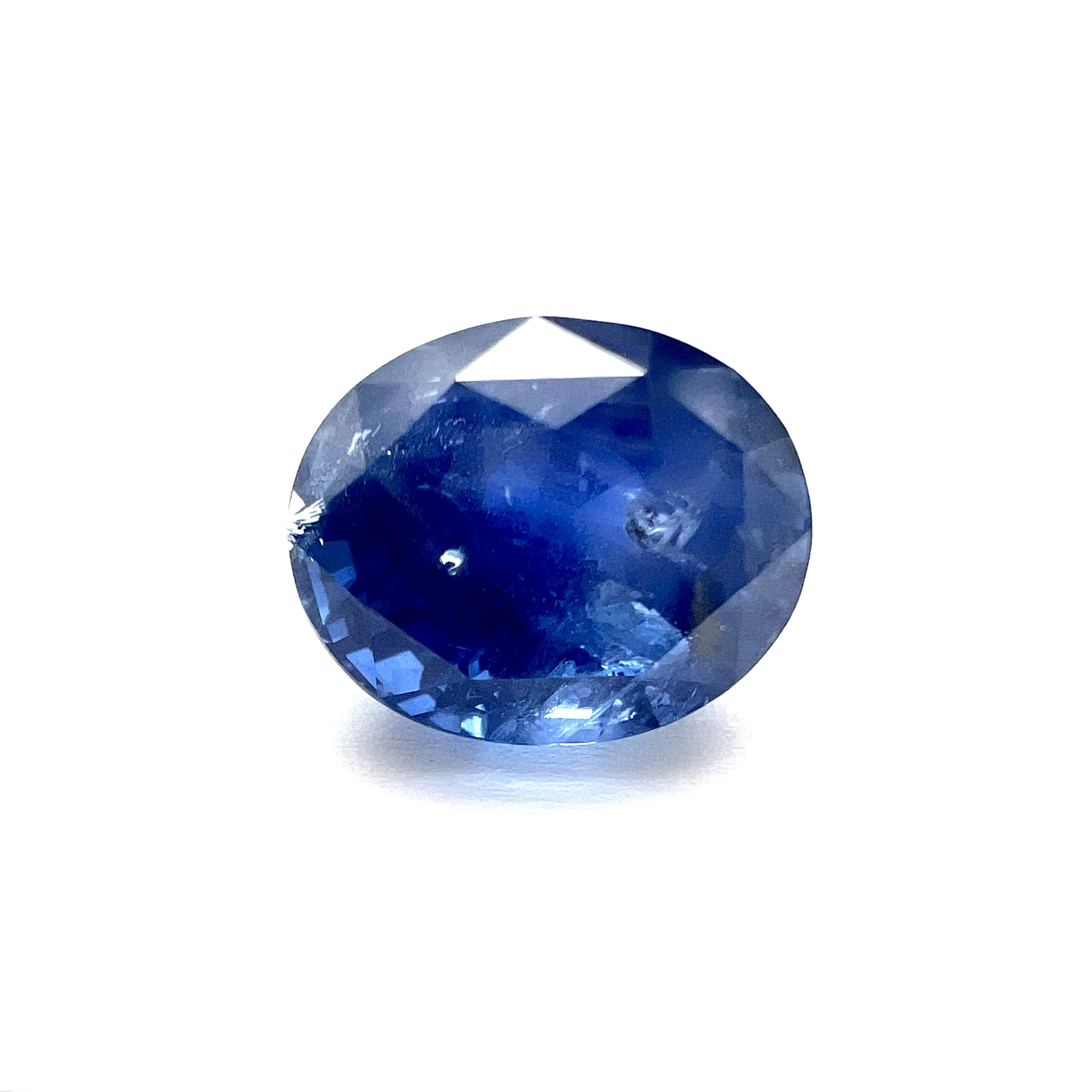
Blue Sapphire
€10,000.0011,136 ct. | VI/FGLA -
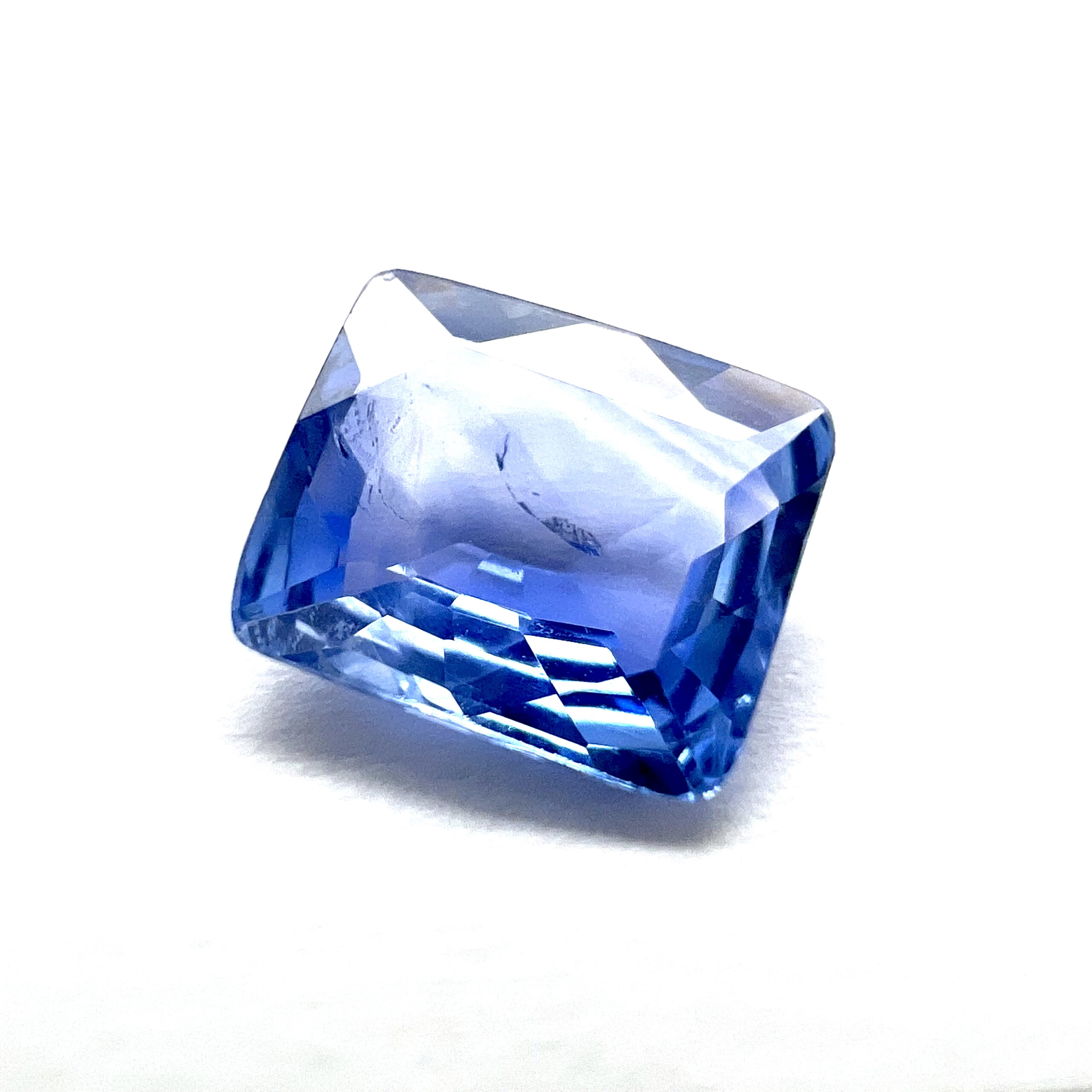
Blue Sapphire
€800.001,437 ct. | VI/DGLA -
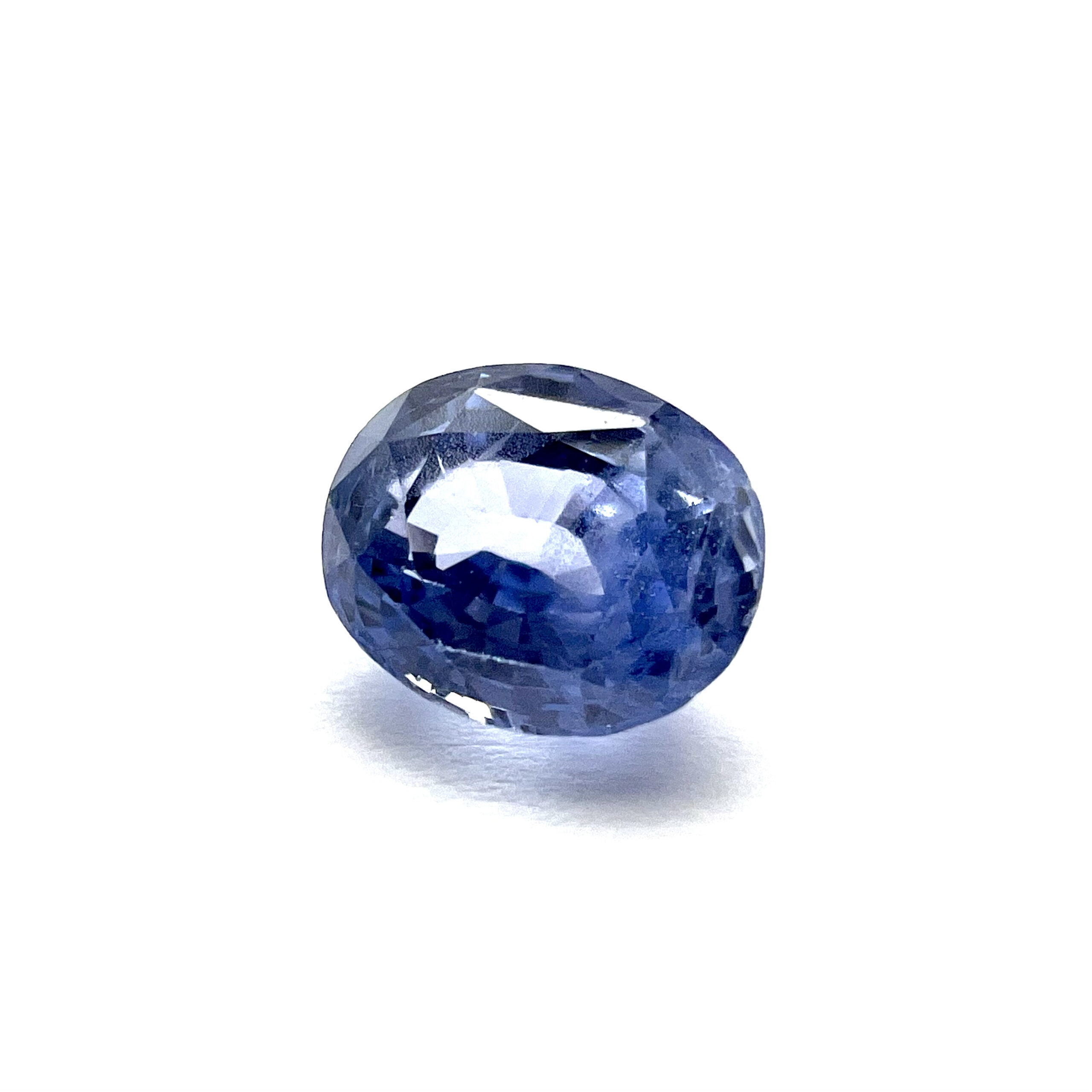
Blue Sapphire
€1,000.001,503 ct. | VII/CGLA -

Blue Sapphire
€1,000.001,527 ct. | VI/DGLA -
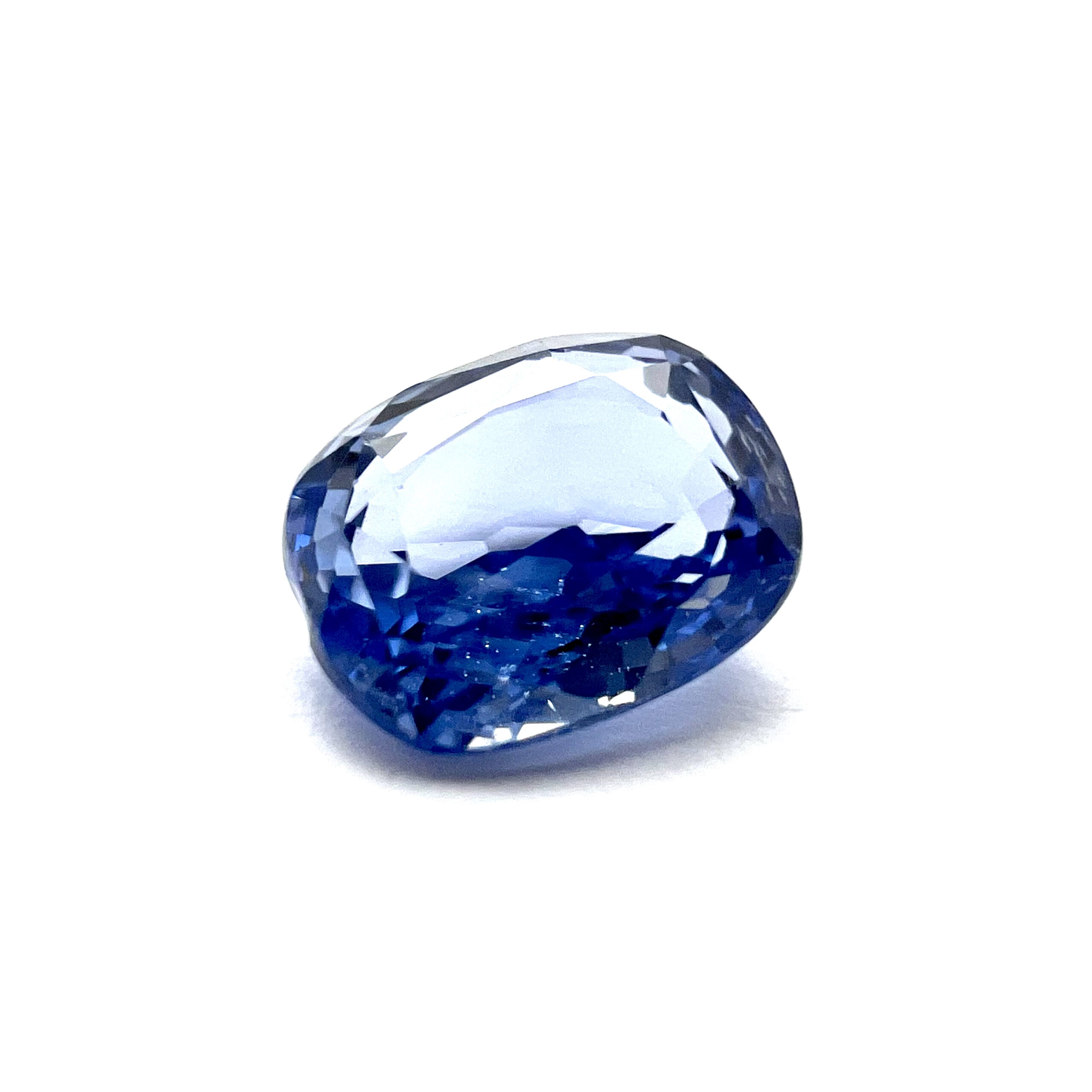
Blue Sapphire
€900.001,530 ct. | VI/CGLA -
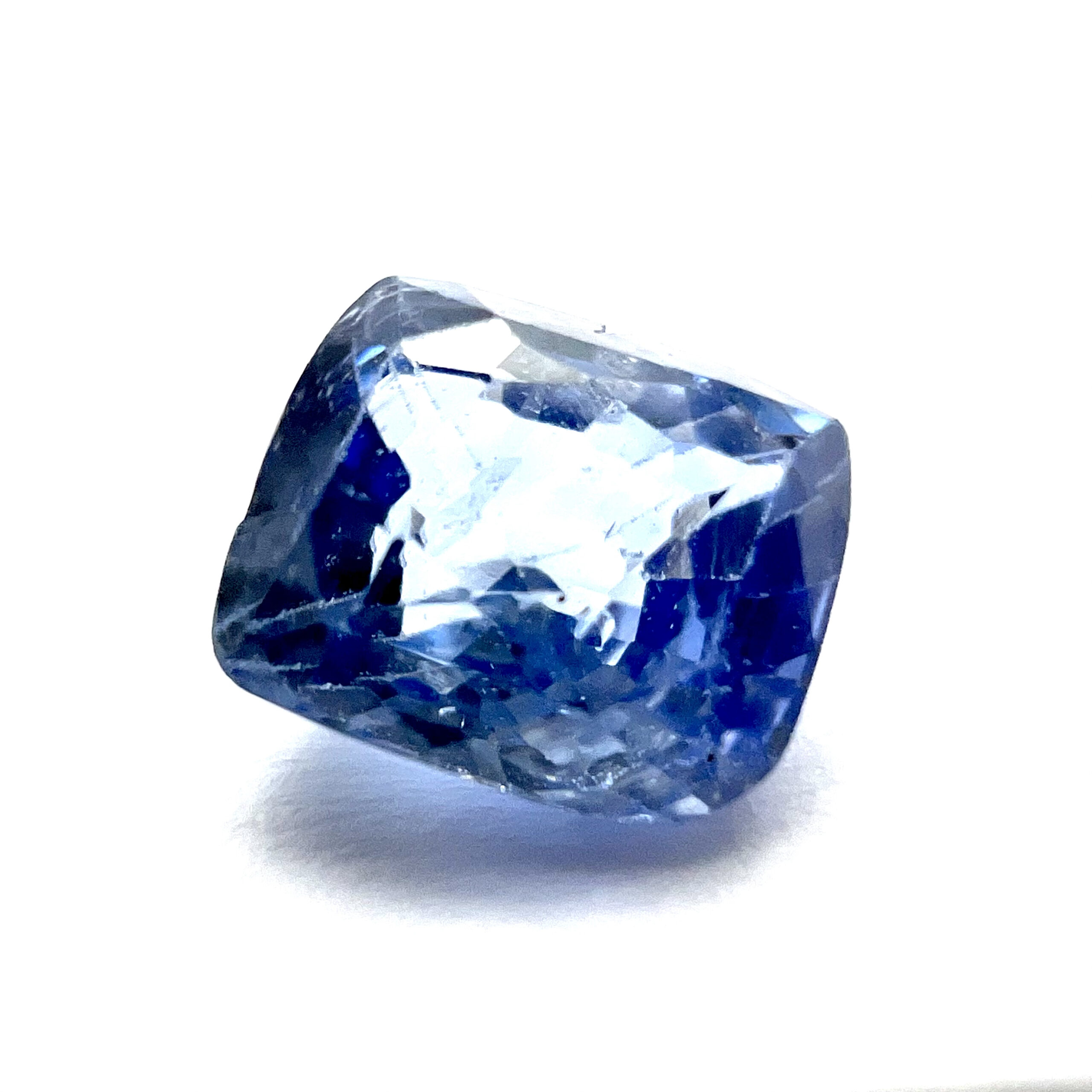
Blue Sapphire
€800.001,552 ct. | VI/DGLA -
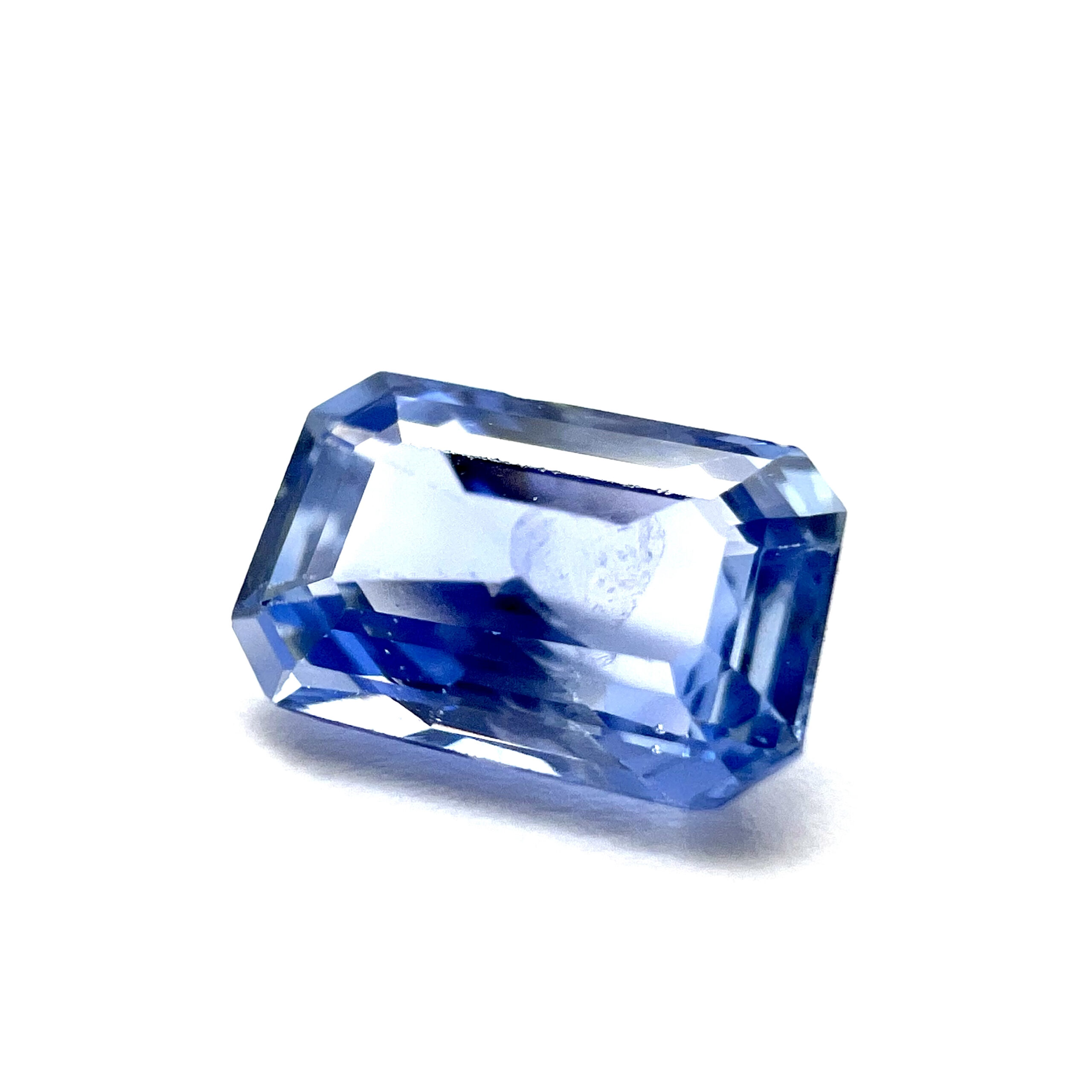
Blue Sapphire
€1,100.001,600 ct. | VI/CGLA -
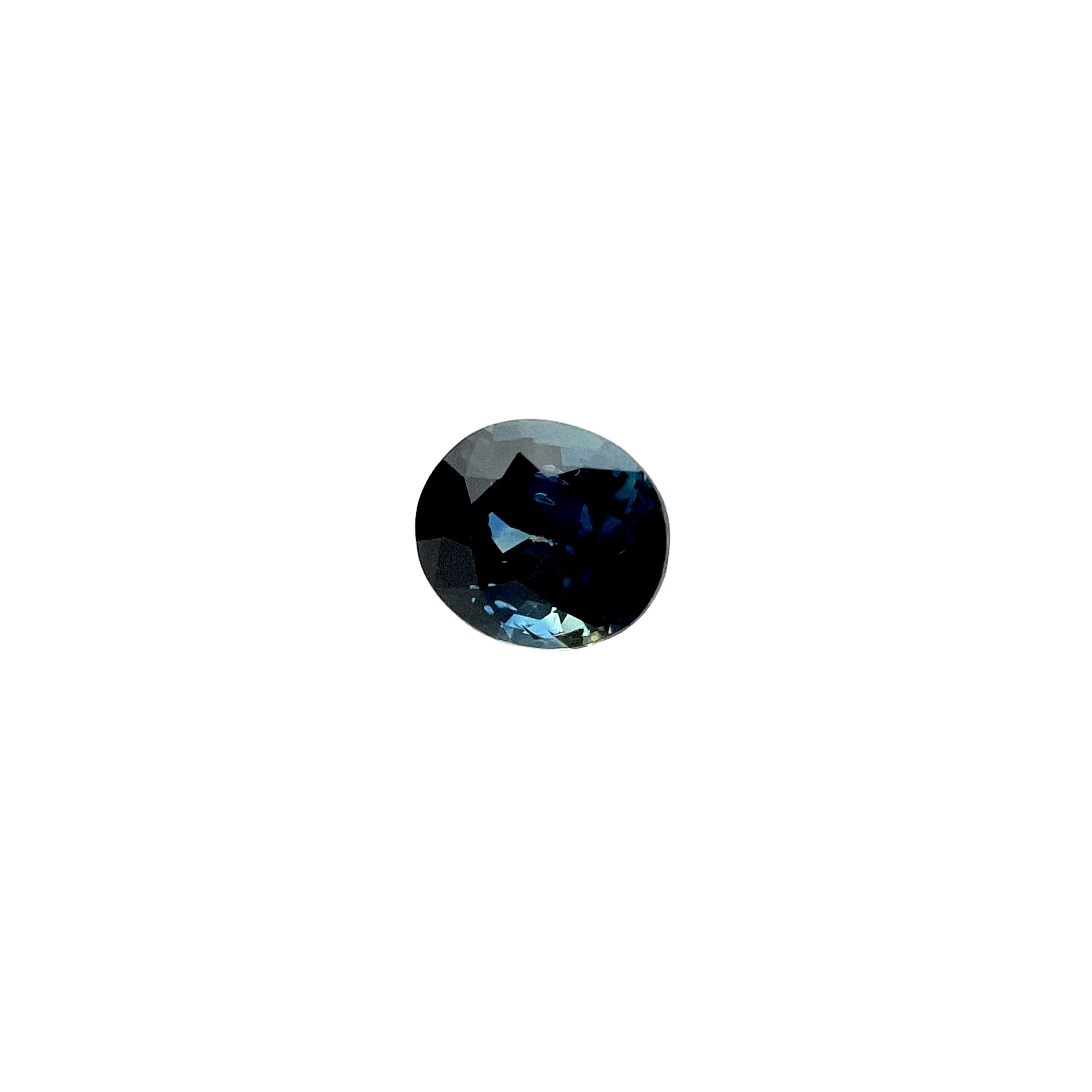
Blue Sapphire
€1,000.001,162 ct. | VI/CGLA -
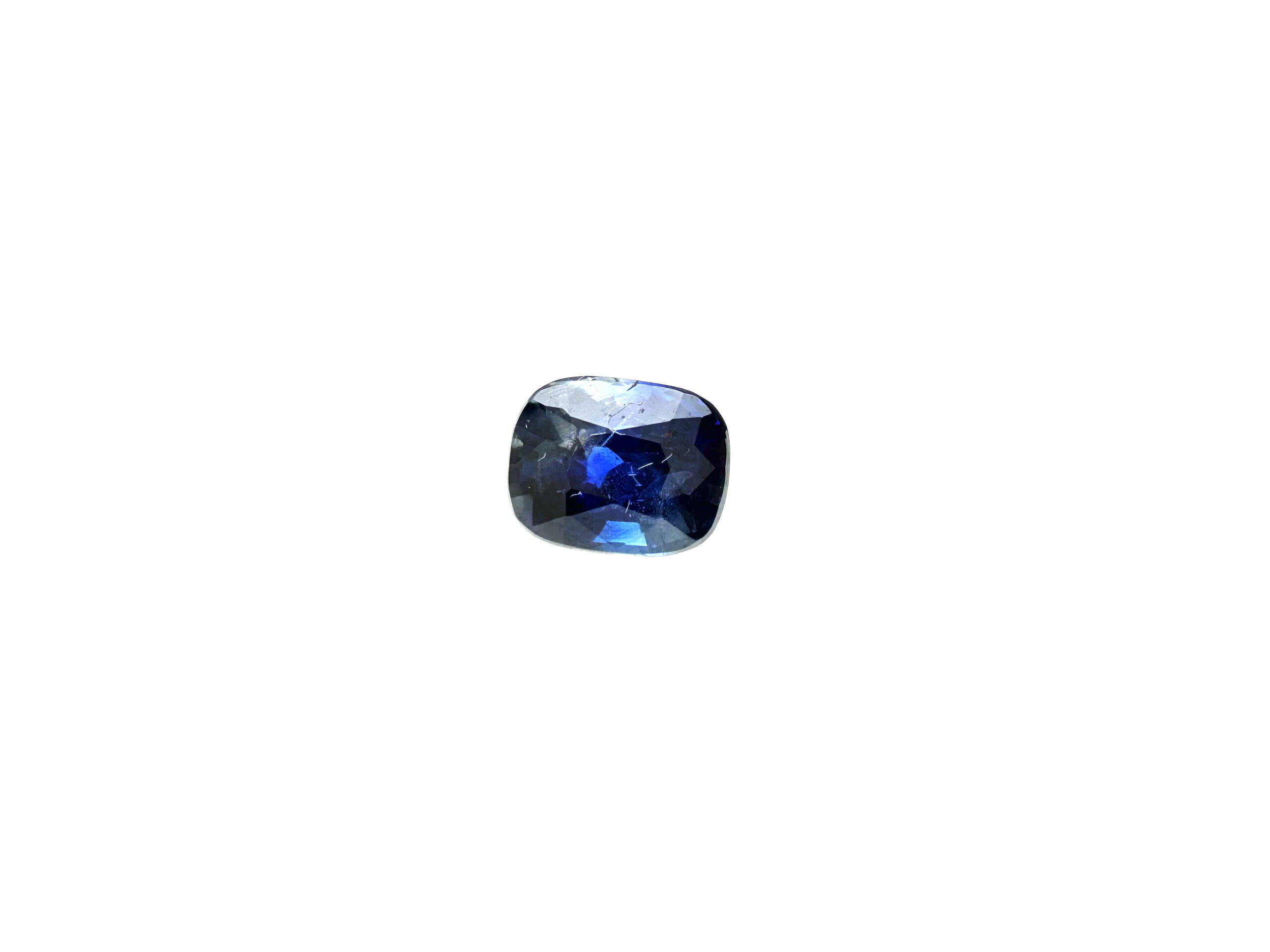
Blue Sapphire
€700.001,052 ct. | VI/DGLA -
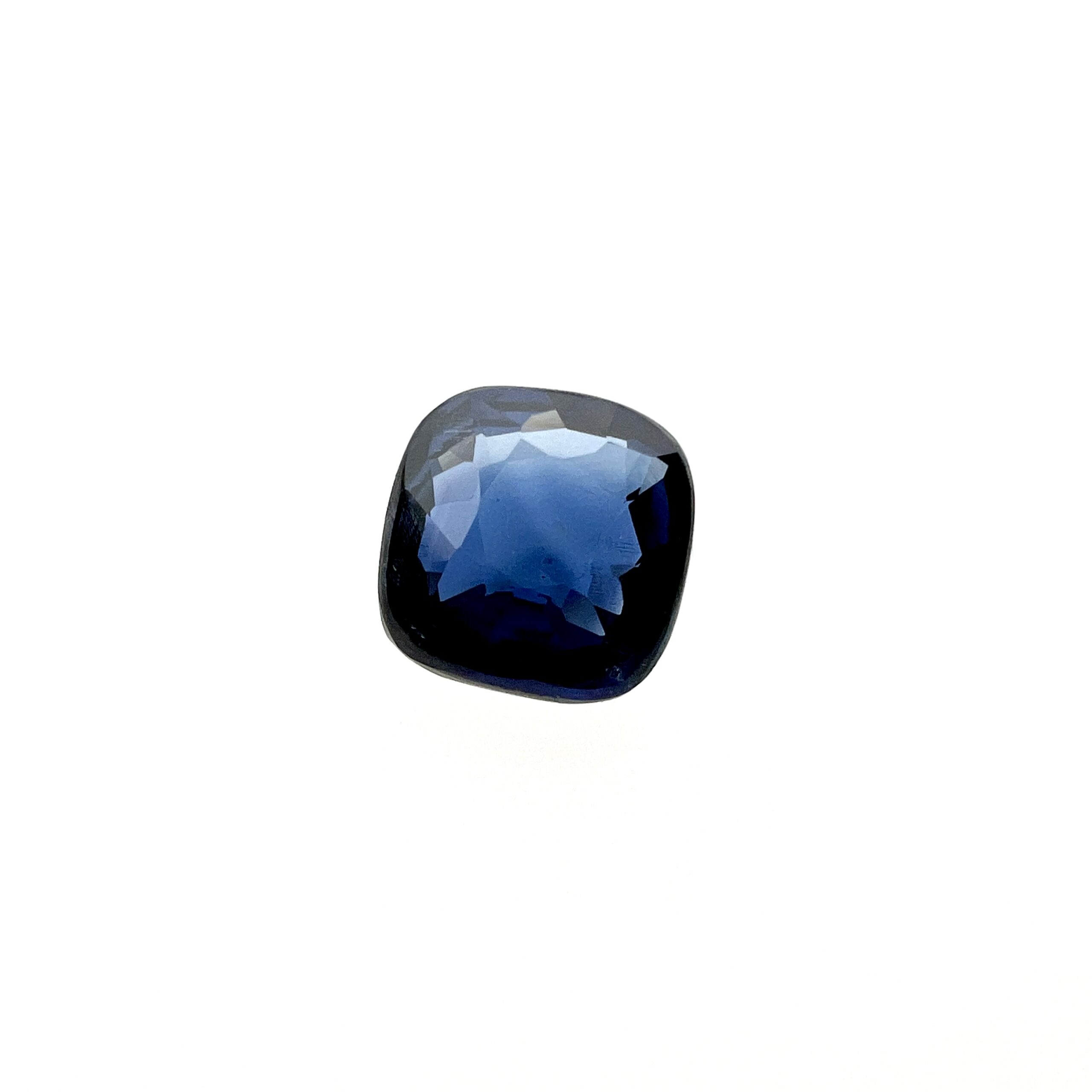
Blue Sapphire
€700.001,117 ct. | VI/CGLA -
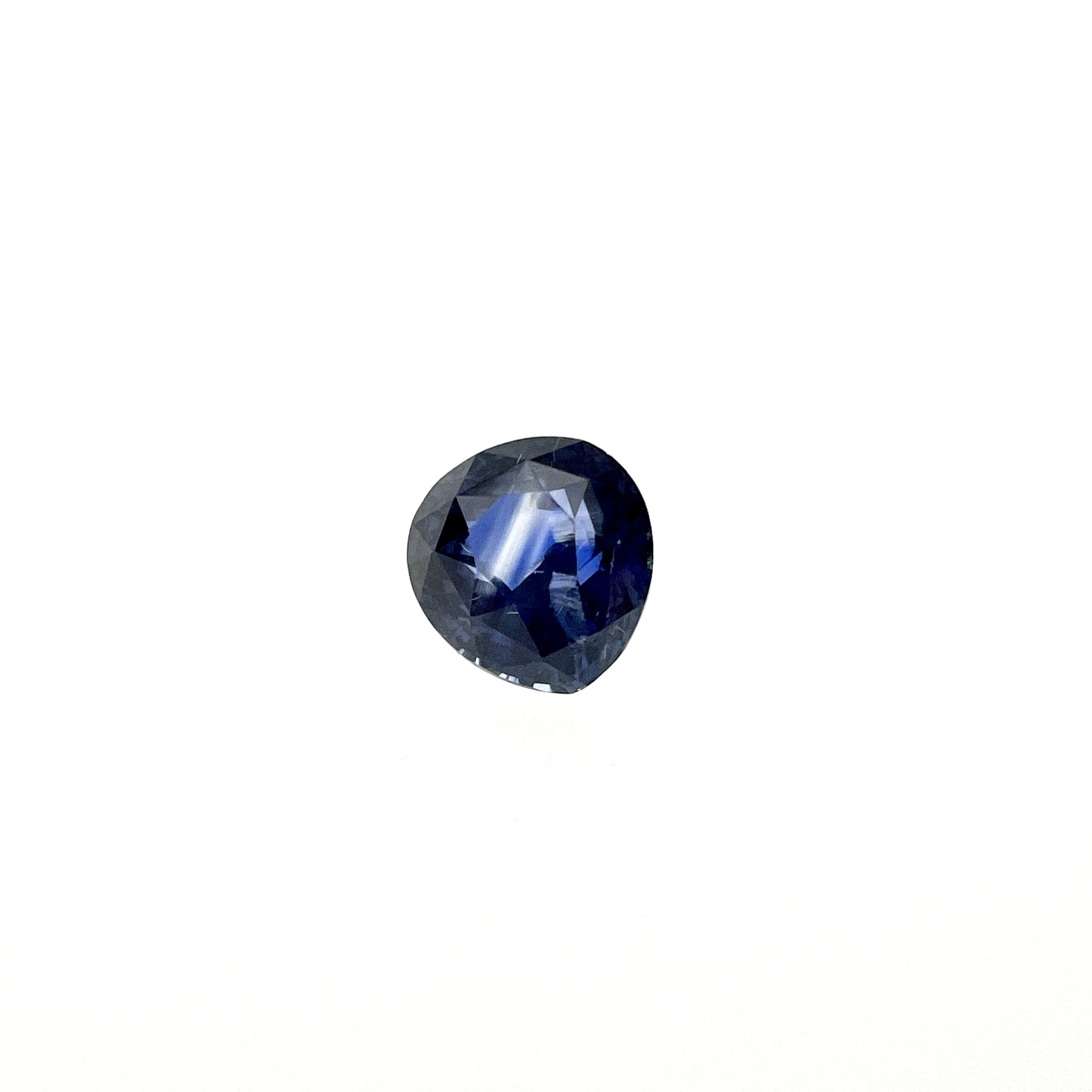
Blue Sapphire
€650.001,179 ct. | VI/DGLA -
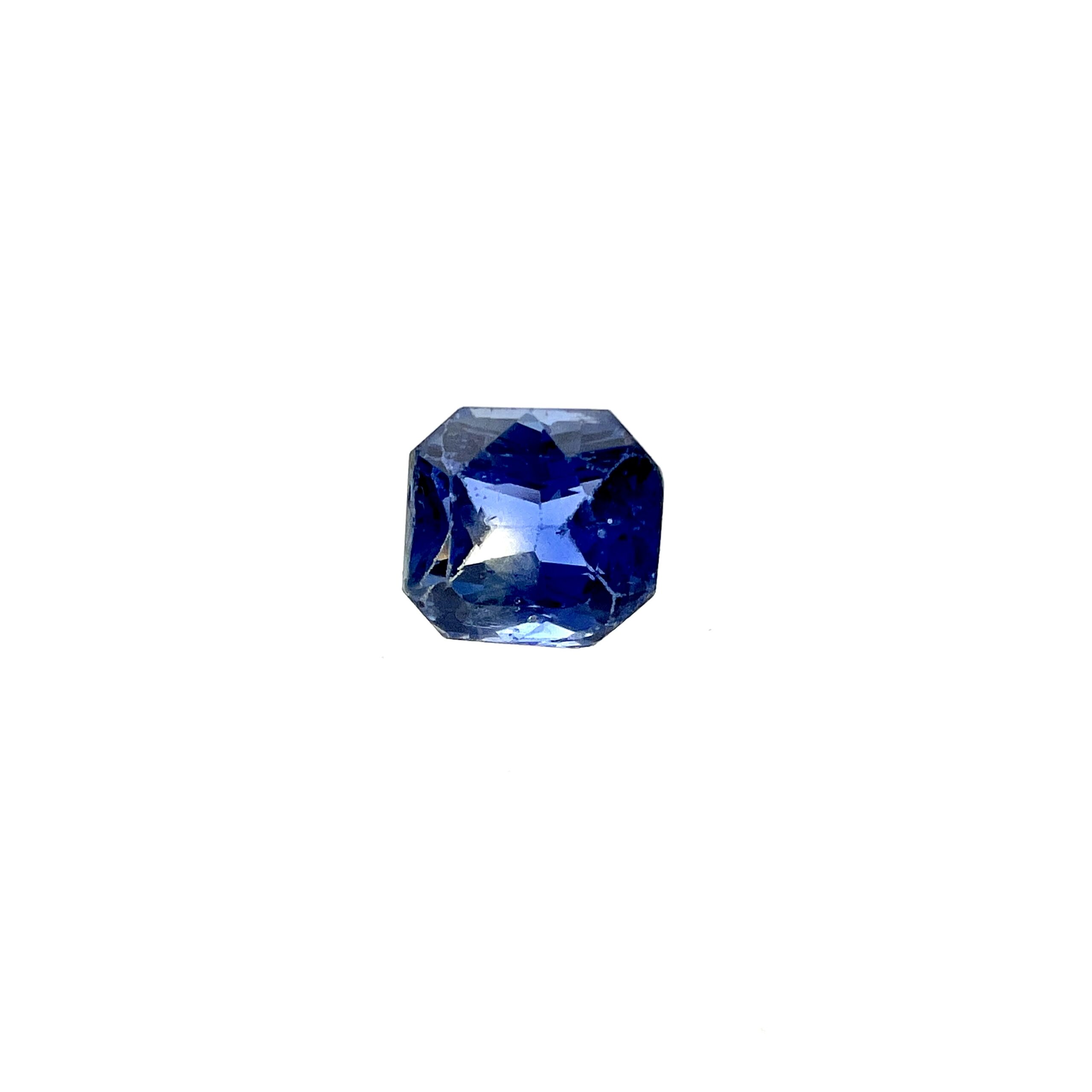
Blue Sapphire
€2,000.002,051 ct. | VI/DGLA -
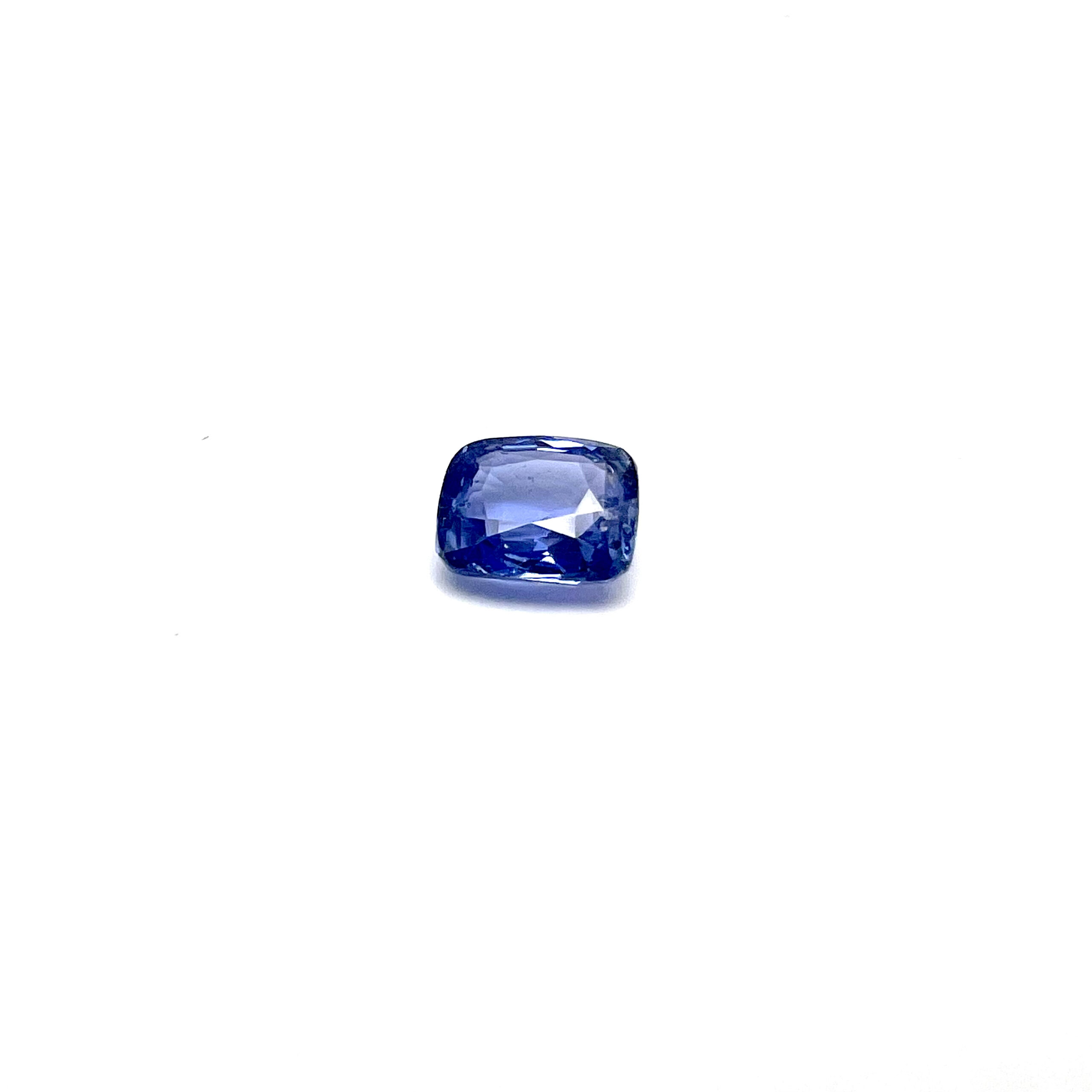
Blue Sapphire
€4,800.003,068 ct. | V/DGLA -
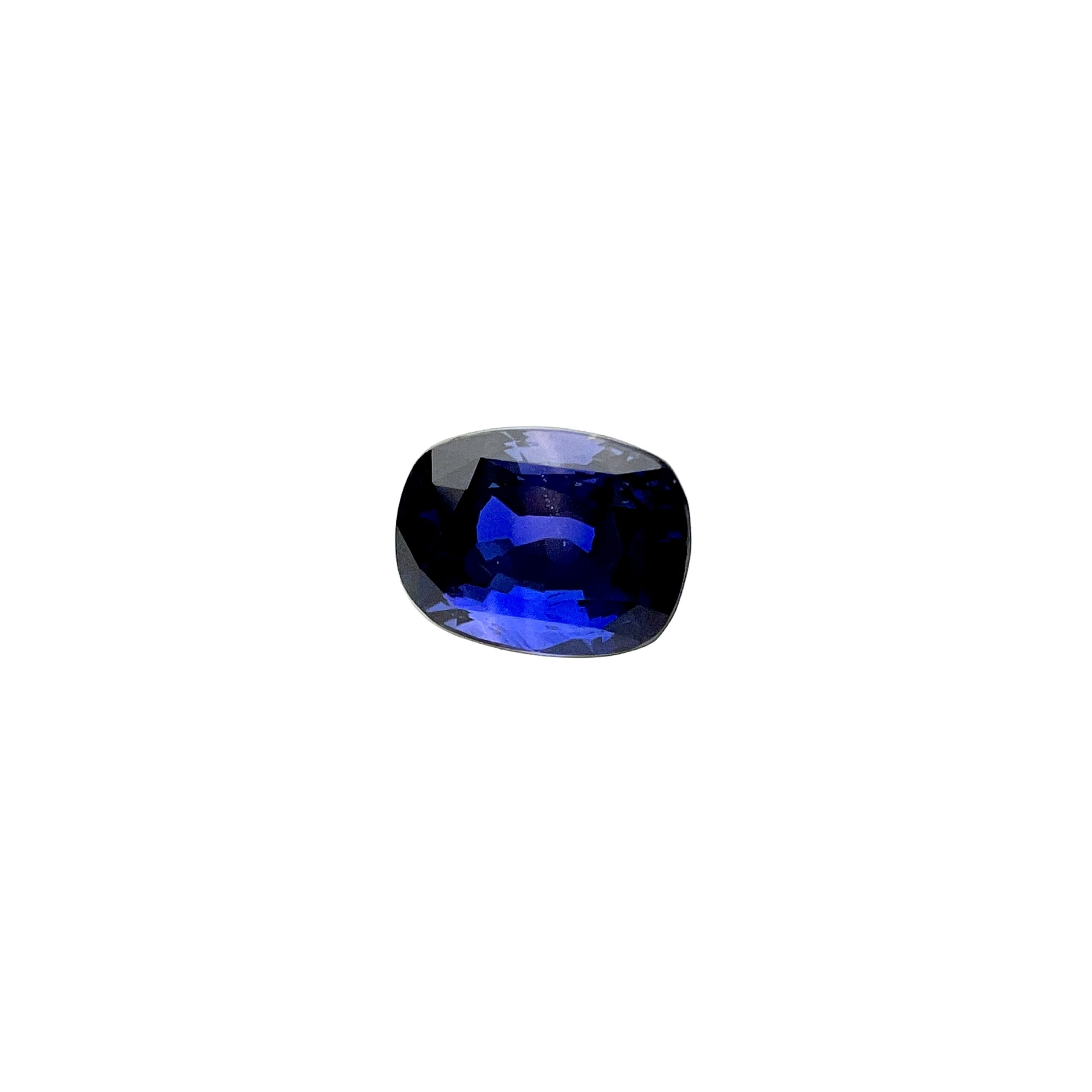
Blue Sapphire
€5,500.002,637 ct. | IV/CGLA -
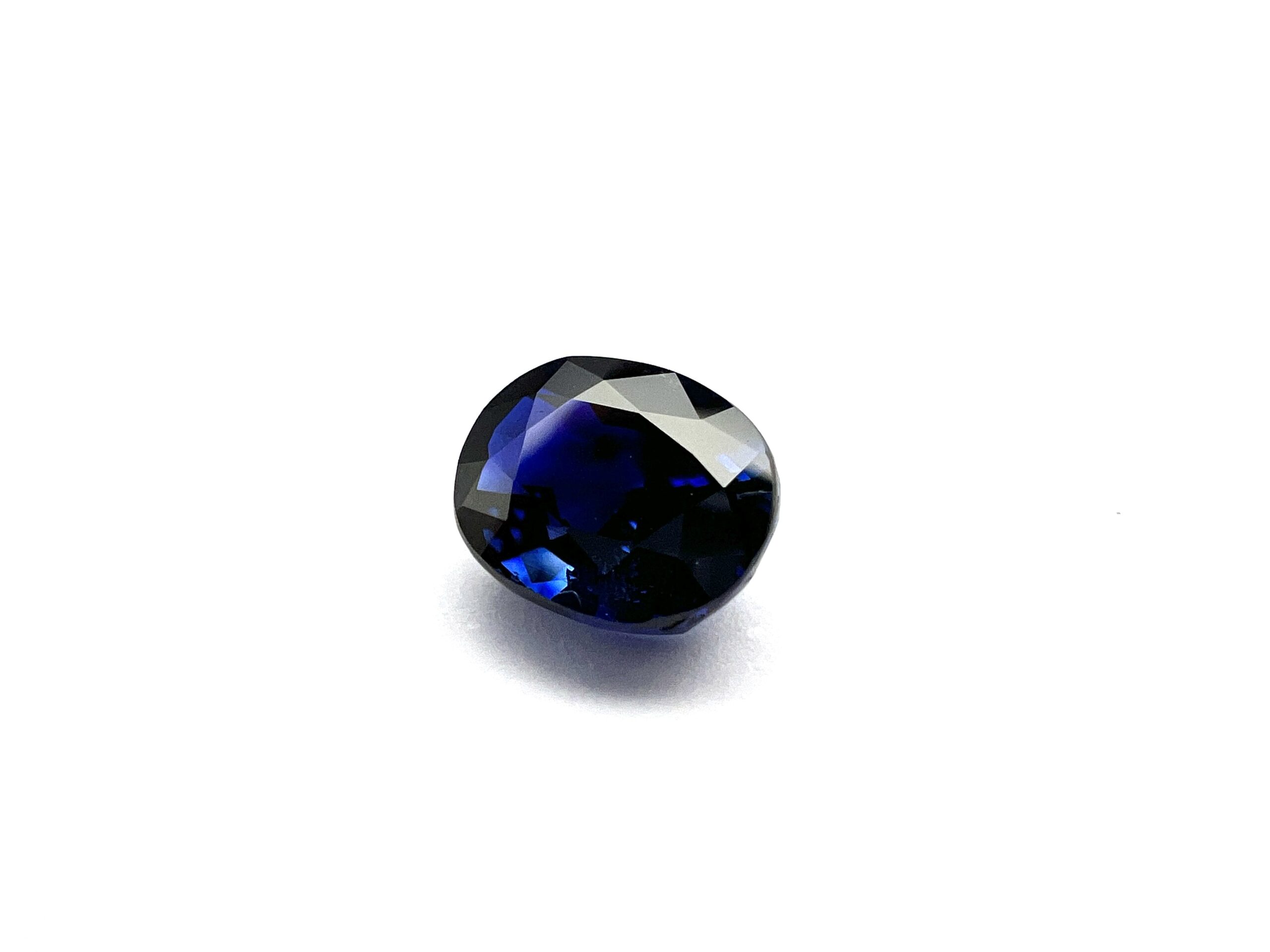
Blue Sapphire
€2,600.001,990 ct. | VI/CGLA -
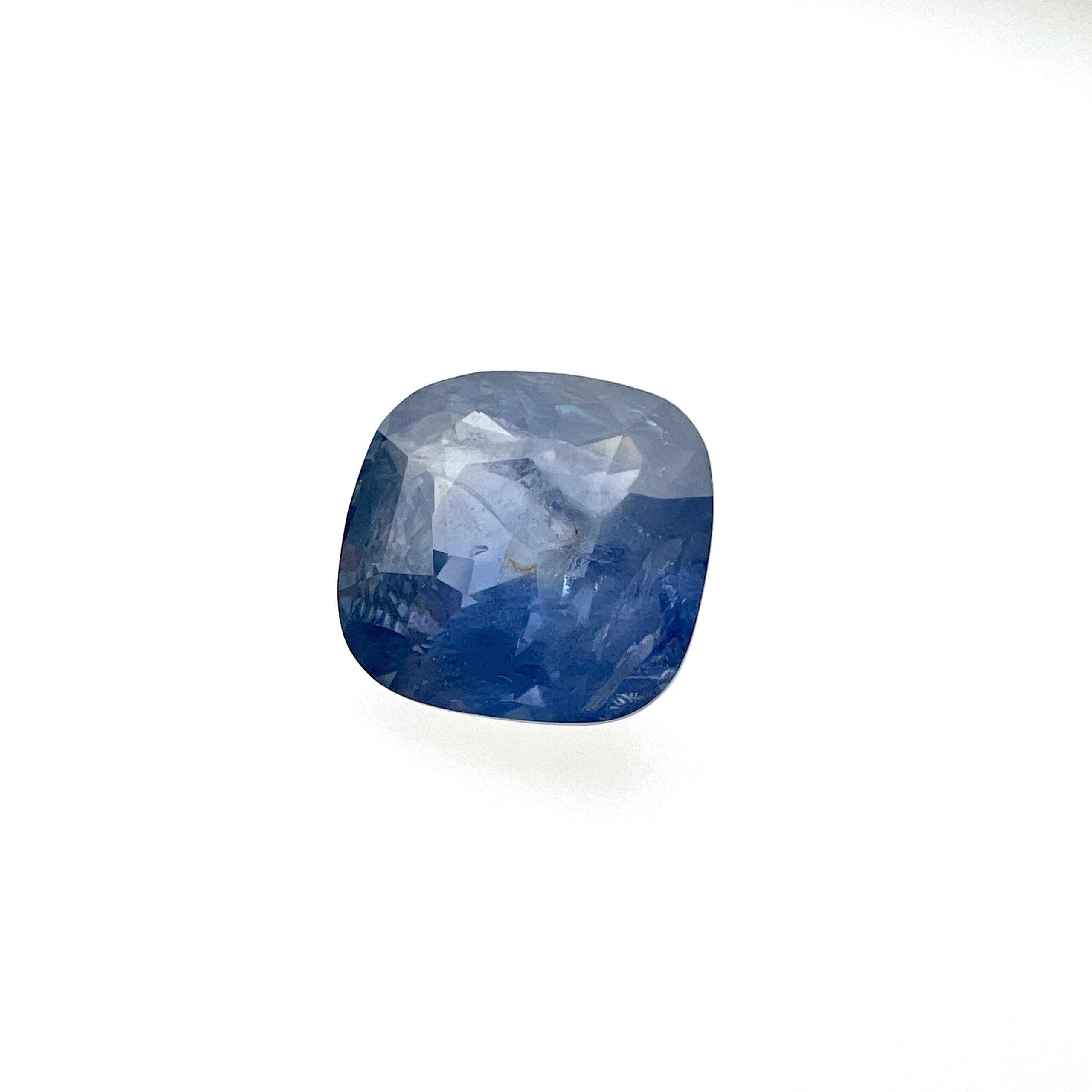
Blue Sapphire
€6,000.007,585 ct. | VI/FGLA